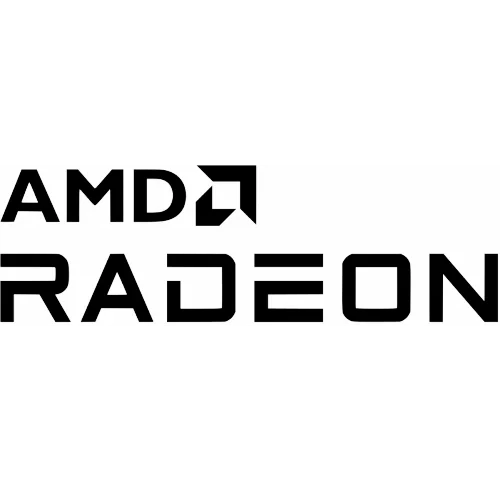AtomBIOS Radeon vs. RadeonHD Drivers?

This thread on the mailing list has also reignited the debate on the use of ATI's AtomBIOS. Once again, AtomBIOS is essentially an abstraction layer made up of tables (connector information, timings, etc) and scripts (card initialization, etc) stored on the graphics card's ROM. The concept behind using AtomBIOS with its parser and wrapper in the driver is that it allows new GPUs to be supported more quickly as the hardware differences are concealed by the common AtomBIOS API. That's the brief explanation at least.
Alex Deucher, who is an AMD employee and is involved with the xf86-video-ati driver, has started a series of posts on his blog about how the Radeon programming model works. His first post is all about AtomBIOS and its positive traits. Meanwhile, Luc Verhaegen, who is a Novell employee and is one of the developers behind the xf86-video-radeonhd driver, has also blogged about AtomBIOS and how it's negative traits with AtomBIOS being "legacy" code and "untouchable byte-code."
The original question thread can be read from the OpenSuSE mailing list viewer. If you'd like to chime in with your thoughts on either of the drivers or on AtomBIOS, feel free to do so in the Phoronix Forums.
Add A Comment

